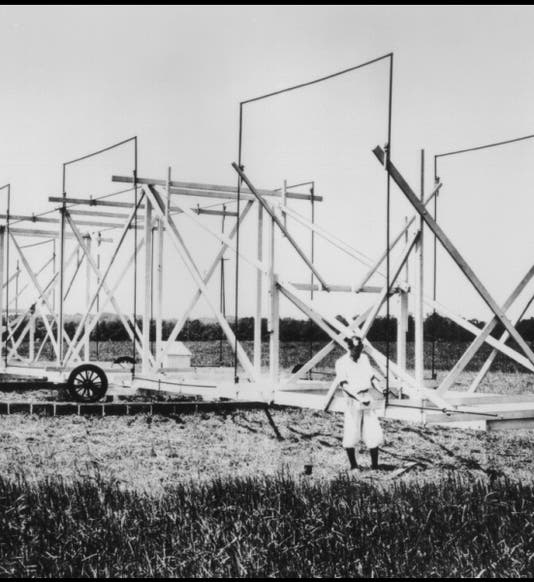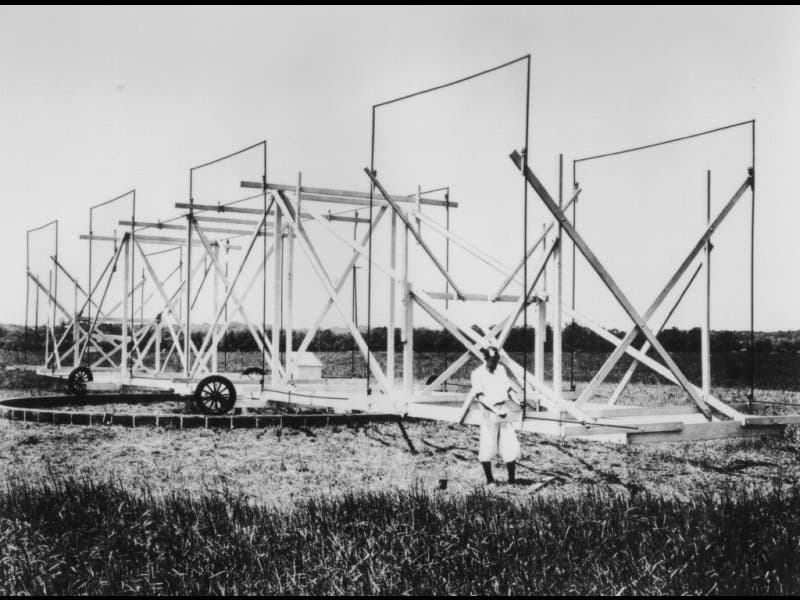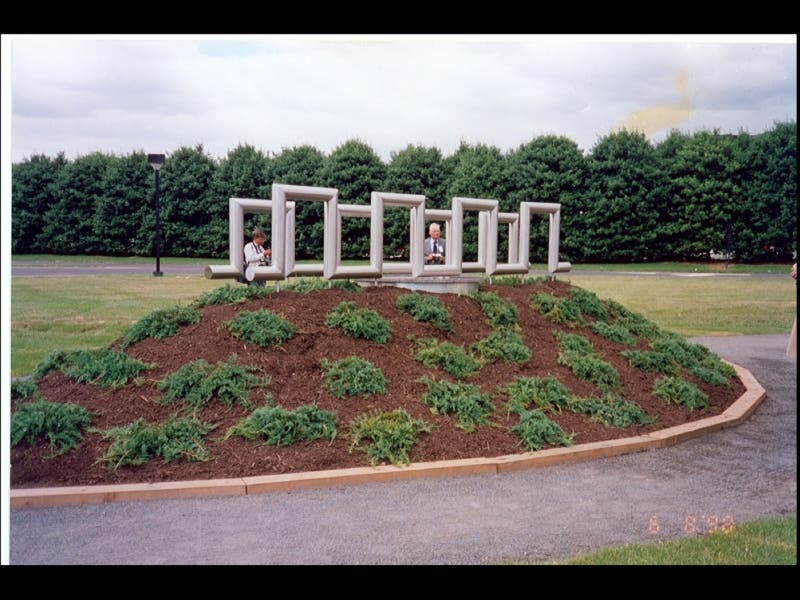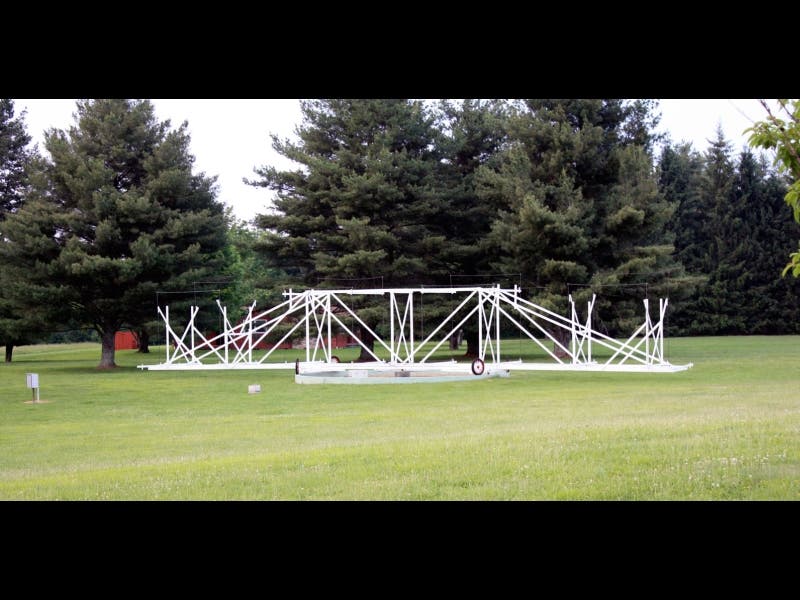Scientist of the Day - Karl Jansky
Karl Jansky, an American engineer, was born Oct. 22, 1905. Jansky worked for Bell Labs, and in the early 1930s he was assigned to develop an antenna that could be used for trans-Atlantic short-wave voice communications. He built what would turn out to be the world’s first radio telescope at Holmdel, New Jersey (see first image above). With his antenna, Jansky detected a hiss with a 24 hour cycle, which suggested that it was coming from the sun. However, more precise measurement yielded a cycle of 23 hours 56 minutes, which is what we call a sidereal day. Anything with a sidereal-day cycle comes from outside the solar system, from the stars. Jansky was able to pinpoint the source of the radio noise to the constellation Sagittarius, which lies in the direction of the center of the Milky Way Galaxy. Thus, in 1933, he was able to demonstrate that the Galaxy (or rather, the dust in the Galaxy) emits radio waves, and this marks the beginning of modern radio astronomy.
Jansky, who was not an astronomer, moved on to other projects. It is interesting that thirty years later, two other Bell Labs engineers, Arno Penzias and Robert Wilson, were also developing an antenna for communication purposes, this one a horn microwave antenna, and they too detected an unknown hiss. This one came from everywhere, and was finally identified in 1965 as cosmic background radiation left over from the Big Bang. The antenna they used was also in Holmdel. The Penzias-Wilson horn antenna is now a National Historic Landmark. Jansky’s original antenna is not to be found—at least not in Holmdel. But a monument to Jansky was dedicated at Holmdel in 1998; there is a photo of the stainless steel radio wave above, along with a detail of the plaque at the monument (see second and third images above). And there is a full-size replica of Jansky’s antenna at the National Radio Astronomy Observatory in Green Bank, West Virginia (see last image above).
Dr. William B. Ashworth, Jr., Consultant for the History of Science, Linda Hall Library and Associate Professor, Department of History, University of Missouri-Kansas City









![Columbine, hand-colored woodcut, [Gart der Gesundheit], printed by Peter Schoeffer, Mainz, chap. 162, 1485 (Linda Hall Library)](https://assets-us-01.kc-usercontent.com:443/9dd25524-761a-000d-d79f-86a5086d4774/3829b99e-a030-4a36-8bdd-27295454c30c/gart1.jpg?w=210&h=210&auto=format&fit=crop)
